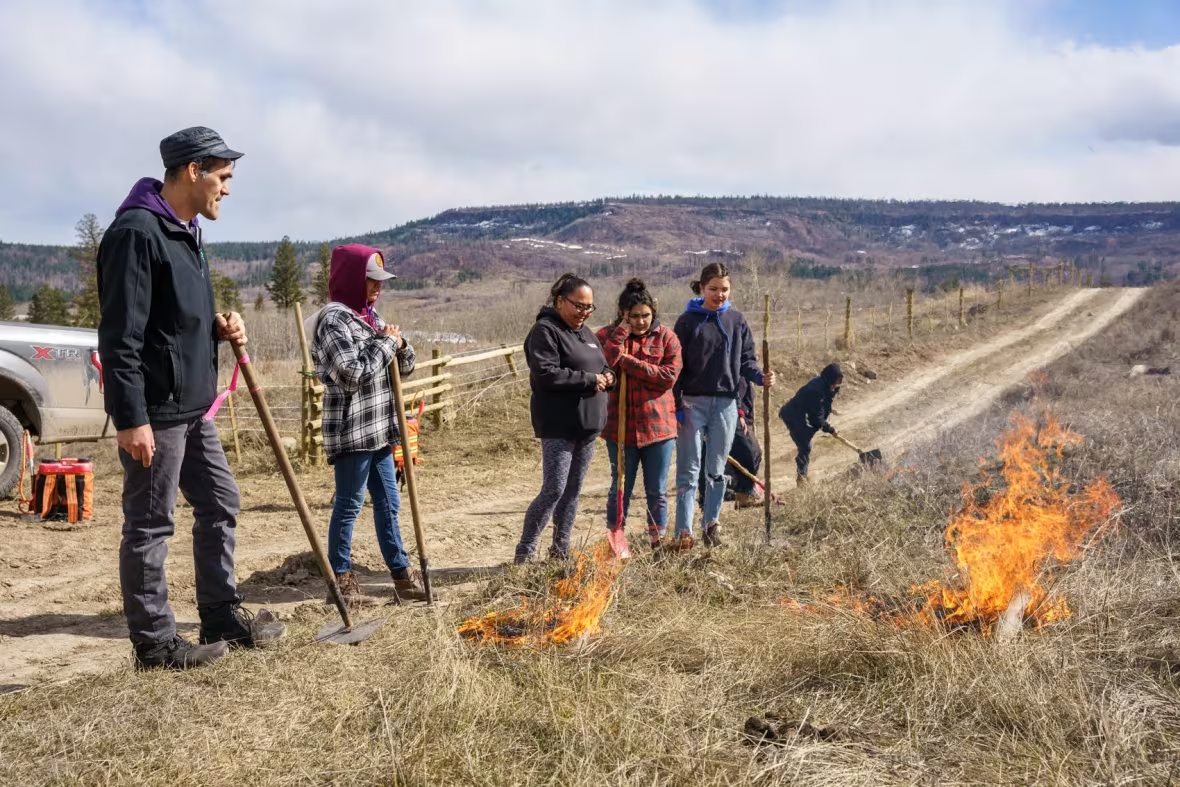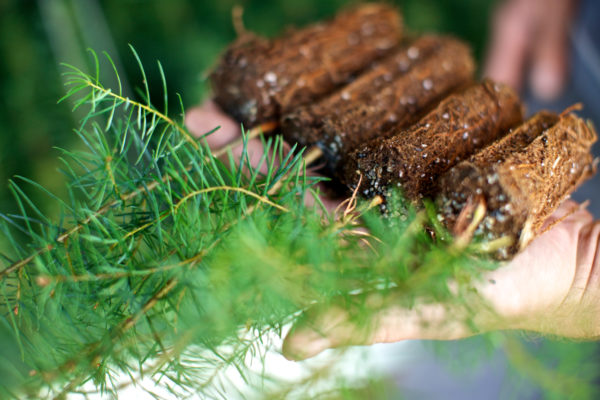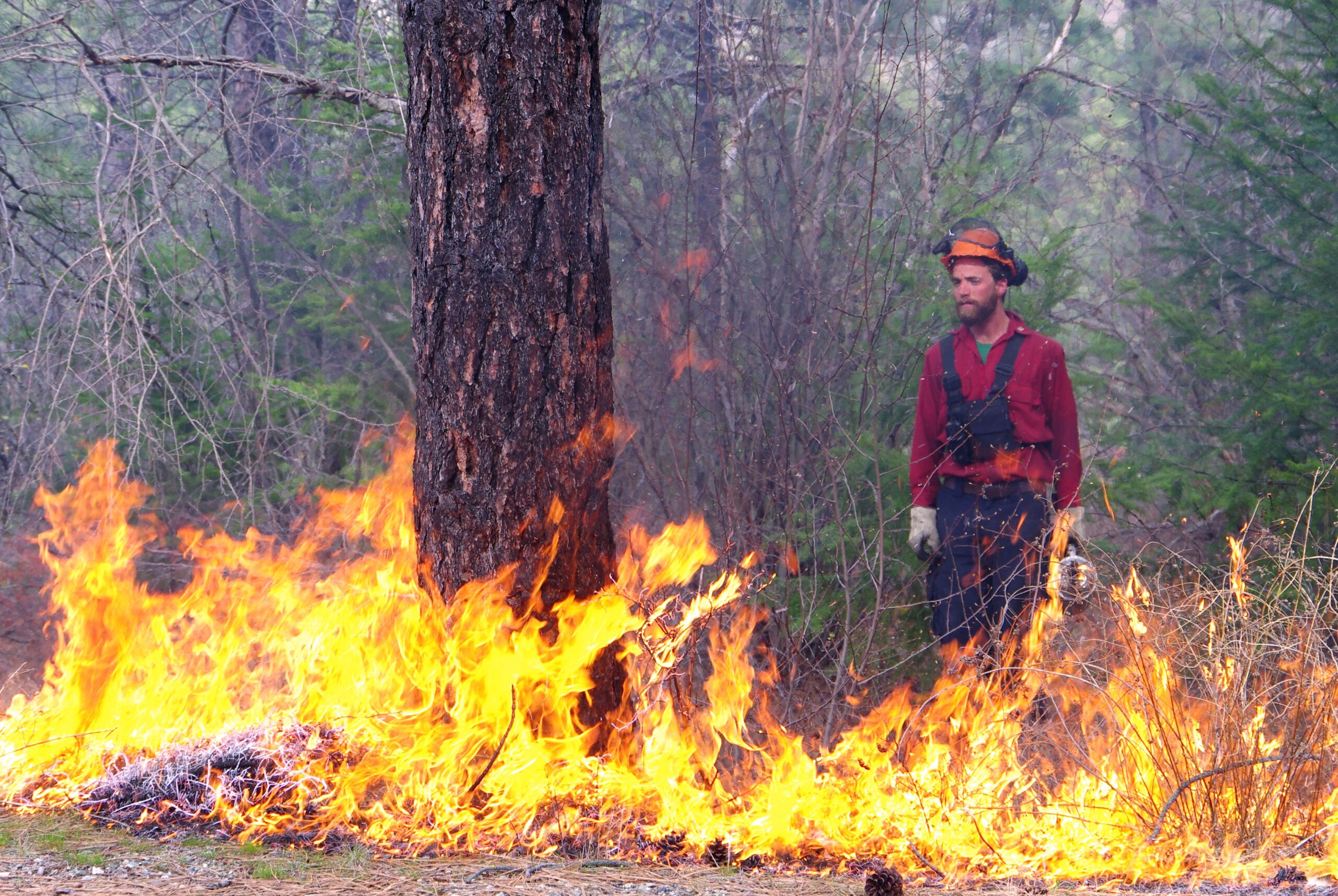Advancing Landscape Resilience: Forest and Fire Management in BC
In BC, a multifaceted approach to wildfire management is employed, aiming to balance the ecological benefits of fire with the need to protect life, property, and resources. This approach has evolved to include traditional suppression tactics, advanced technologies, and proactive landscape management strategies to enhance resilience against wildfires.
- Prevention and Preparedness
- FireSmart: Communities and homeowners are encouraged to follow FireSmart guidelines, which include measures to reduce wildfire risks around properties and communities. FireSmart aim to inform the public about wildfire risks, prevention measures, and the importance of preparedness.
- Early Detection and Monitoring
- Satellite Surveillance and Aerial Reconnaissance: Satellite imagery and aerial patrols are used to monitor forest conditions and detect new fires early.
- Weather Monitoring: A network of weather stations provides real-time data to predict fire behaviour and potential outbreak areas.
- Suppression and Response
- Local Planning Tables: Representatives from diverse sectors, including local government and emergency services, gather to coordinate on wildfire preparedness, mitigation, response, and recovery. They are instrumental in pooling resources, knowledge, and strategies, thus enhancing wildfire response effectiveness and ensuring communities are better equipped to prepare for, respond to, and recover from wildfire events.
- Rapid Response Teams: Specialized firefighting crews are deployed quickly to contain and extinguish new fires.
- Resource Sharing Wildfire Allocation Protocol (RSWAP): This protocol ensures that resources are allocated efficiently to the highest priority fires, especially when multiple fires are burning simultaneously.
- Evacuation Plans and Emergency Management: In coordination with local governments and emergency services, systems are in place for evacuating residents from high-risk areas and providing emergency support.
- Training and Education
- New Wildfire Fighter Training Centre in BC: Thompson Rivers University (TRU) is set to open a new wildfire training and education centre, TRU Institute for Wildfire Science, Adaptation and Resiliency. This center, the first in North America, aims to enhance the province’s readiness for future climate emergencies by transitioning wildfire training into academic programs and equipping future wildfire professionals with the skills necessary to protect communities and forests in a changing climate. With program design starting this year and training kicking off in 2025, the centre plans to expand into a state-of-the-art facility, offering over 1,000 workshops annually by 2028-29.
 A cultural burn near the Yunesit’in traditional lands (Photo source: Joshua Neufeld)
A cultural burn near the Yunesit’in traditional lands (Photo source: Joshua Neufeld)
- Landscape and Fuel Management
- Forest Enhancement Society of British Columbia (FESBC): Plays a pivotal role in the Province of BC’s efforts to manage landscapes, particularly in areas where wildland meets urban development, known as the Wildland Urban Interface (WUI). FESBC was established to support the government’s goals in enhancing forest management and reducing carbon emissions with initiatives crucial to addressing the increasing threat of wildfires while promoting ecological sustainability and resilience.
- Landscape Fire Management (LFM): LFM involves the strategic use of controlled burns, fuel management techniques, and the restoration of natural fire regimes to maintain a healthy and diverse landscape that can withstand and benefit from natural fire processes.
- Cultural Burning: Recognizing the value of traditional Indigenous practices and increasingly incorporating Indigenous knowledge and cultural burning practices into landscape management.
- Prescribed Burning: Controlled burns are used to reduce fuel loads in the forest underbrush, decreasing the intensity and spread of potential wildfires.
- Mechanical Treatment: Techniques such as thinning, pruning, and creating fuel breaks are employed to manage forest density and composition, reducing fire risks.
- Policy and Collaboration
- Legislative Framework: BC’s Wildfire Act and other regulations guide the management of wildfires and landscape resilience efforts.
- Collaboration with Indigenous Communities: Partnering with Indigenous peoples to incorporate traditional knowledge and practices into fire management.
- Research and Innovation
- Adapting to Climate Change: Research and modeling to understand the impacts of climate change on wildfire regimes and developing strategies to adapt management practices accordingly.
- Investing in Technology: Utilizing advanced technologies such as drones, remote sensing, and predictive modeling to enhance detection, monitoring, and management efforts.
- Post-Fire Recovery and Rehabilitation
- Ecosystem Restoration: Efforts to rehabilitate and restore ecosystems affected by wildfires, including reforestation and erosion control measures.
- Community Support and Recovery: Aiding communities and individuals affected by wildfires to recover and rebuild.
 Photo source: Nik West
Photo source: Nik West
This comprehensive approach reflects an understanding of the complex nature of wildfires and the need for a dynamic, adaptive strategy to manage wildfire landscapes in BC. It is important to integrate immediate response actions with long-term landscape management and resilience building to mitigate the impact of wildfires and enhance the health and sustainability of forests and communities in BC.

